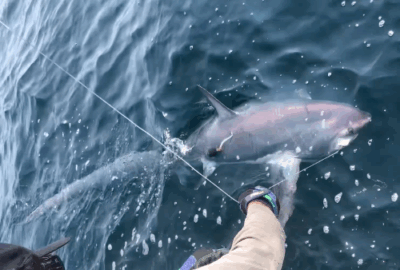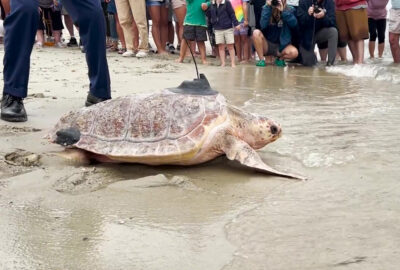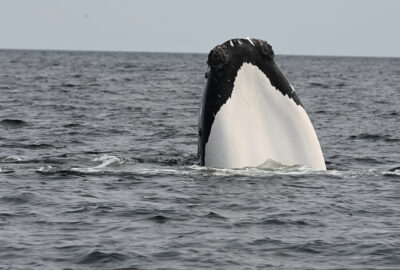September Surveys in the Bay of Fundy
By New England Aquarium on Tuesday, September 29, 2020

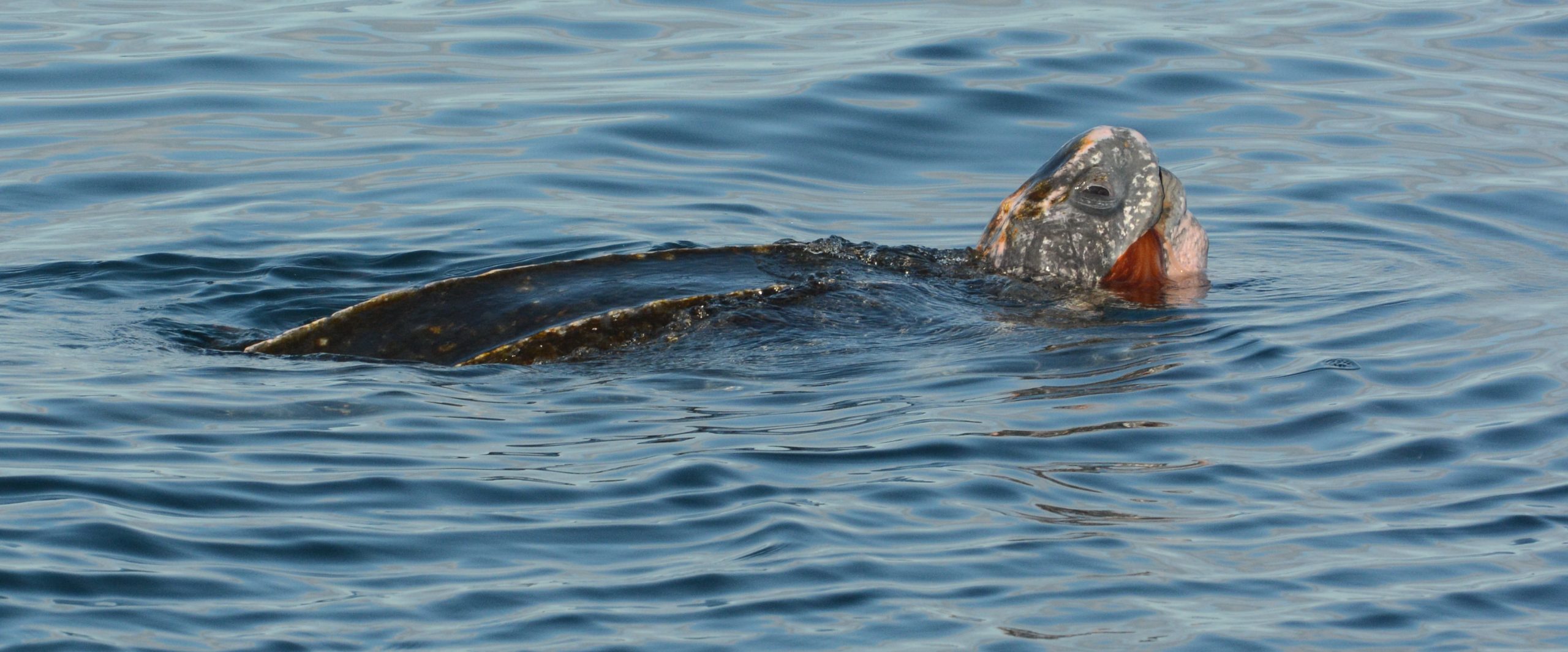
By Marianna Hagbloom
With only fifteen possible days of fieldwork in September, our team felt the urgency of conducting as many surveys as possible—however, in a month marked by strong winds, rain, and thick fog, our team was grateful to get even three surveys done. Our three September surveys didn’t turn up any right whales, but we did observe many other interesting species and were able to survey an area we don’t often explore. Here’s a brief recap of our survey highlights:
On September 1, we surveyed the Grand Manan Basin, the waters south of Grand Manan Island, and recorded 22 humpback whales (including a mother with calf) and three different leatherback turtles! We knew there was one leatherback in the area and possibly two, but we weren’t expecting to find three. The cherry on top: two of the leatherbacks were feasting on lion’s mane jellyfish, one of the largest known species of jellyfish in the world.
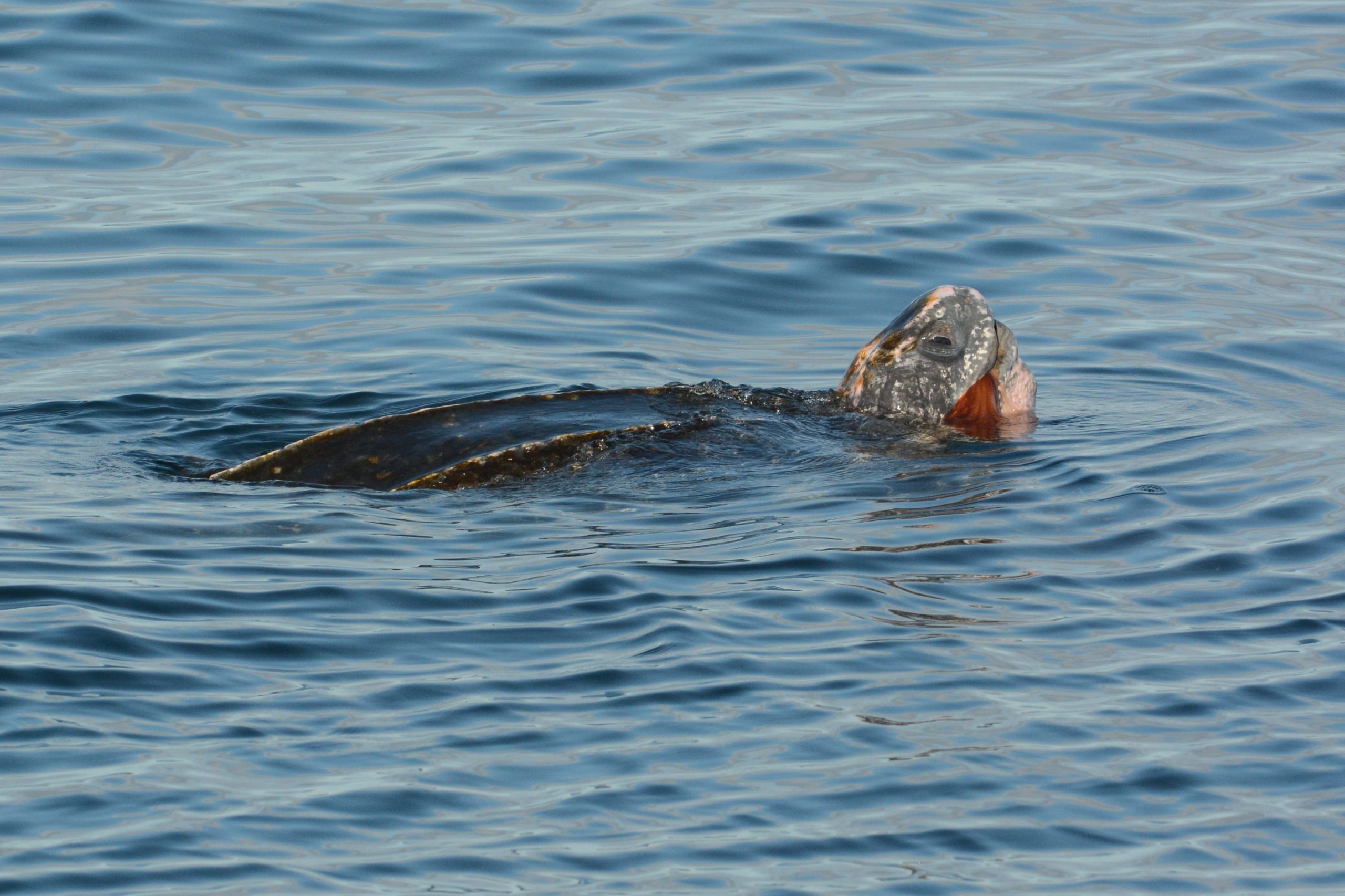
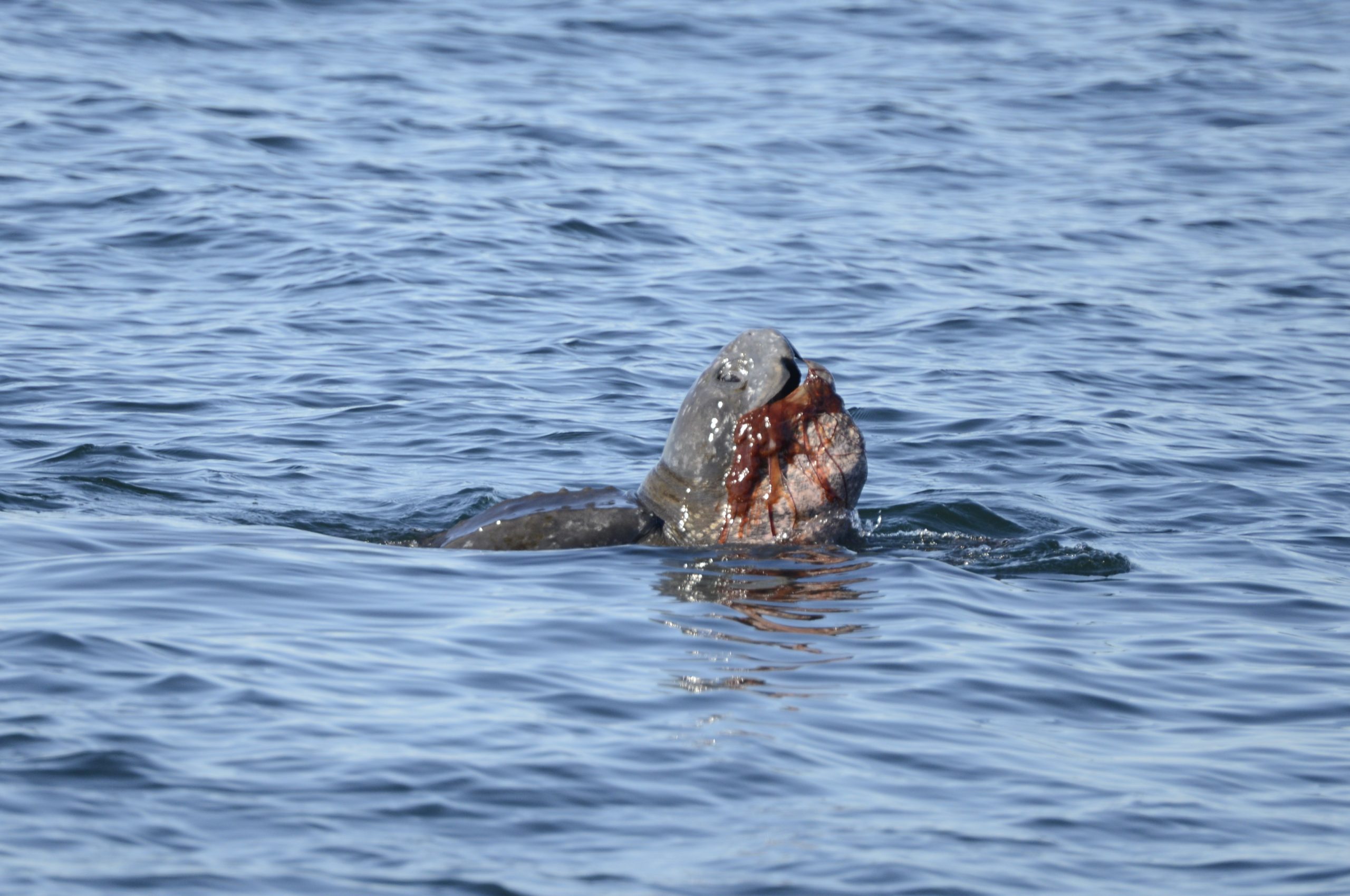
On September 6, we decided to take a different route and explored the Grand Manan Channel, the body of water between Maine and Grand Manan Island. We don’t often survey this area but since the historical habitat wasn’t harboring any right whales, we had to think outside the box. Plus, a research vessel reported a right whale near the Grand Manan Banks days prior, so we thought it worth a try. While we didn’t find any right whales, we did spot at least twelve humpback whales aggregated around a food supply! One of these whales was Sockeye, who got his name from a deformed lower jaw that resembles a sockeye salmon.
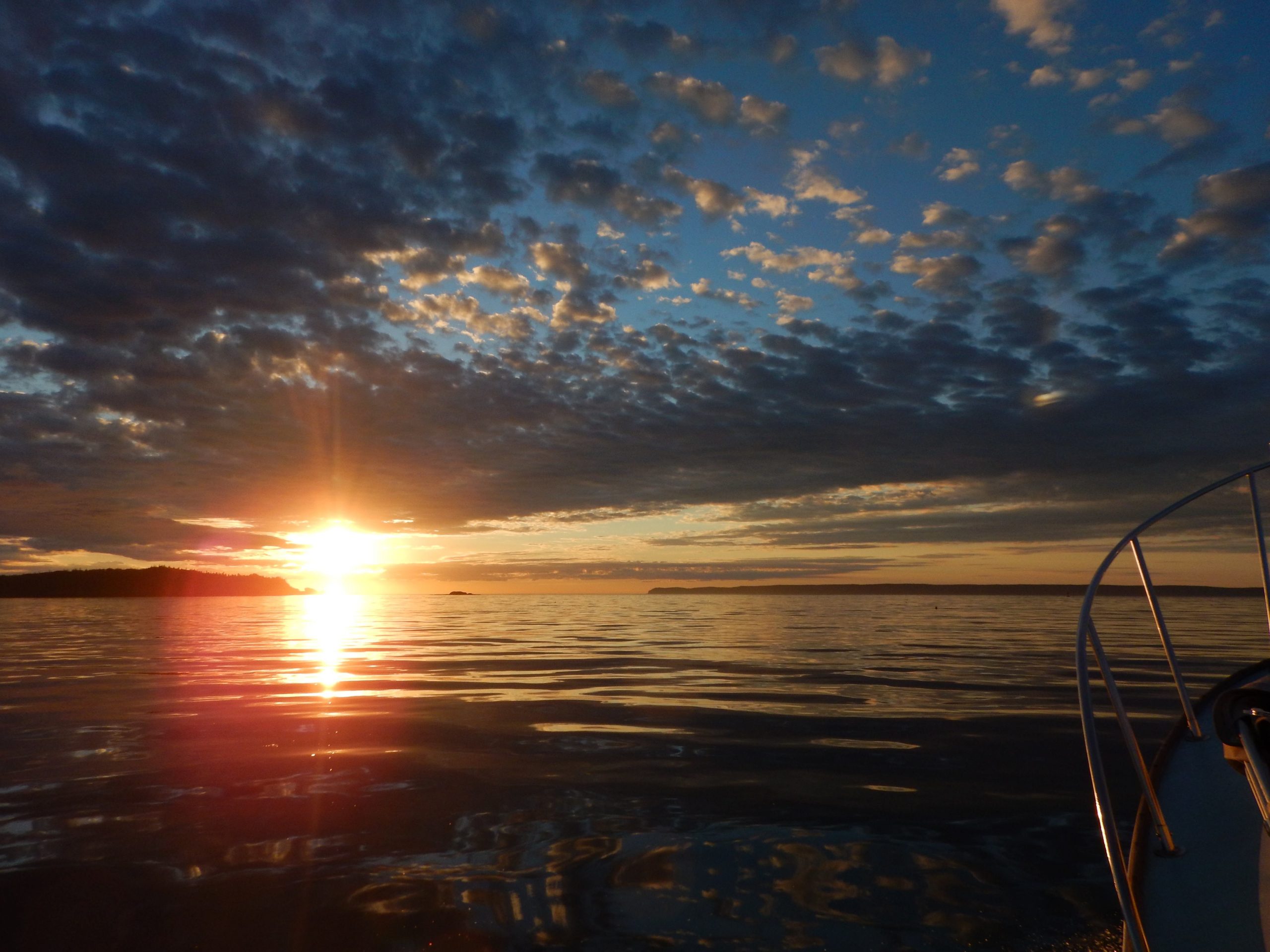
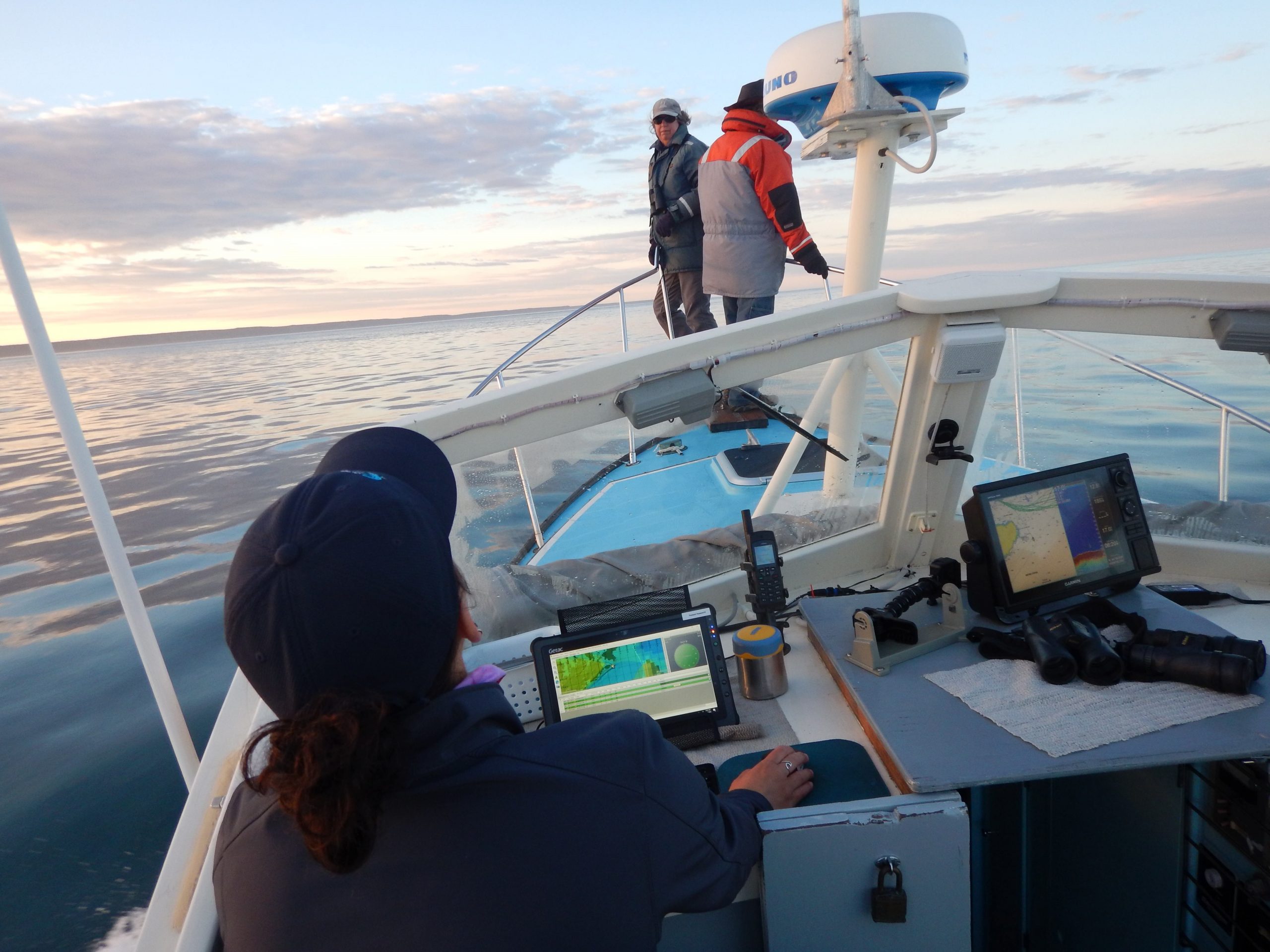
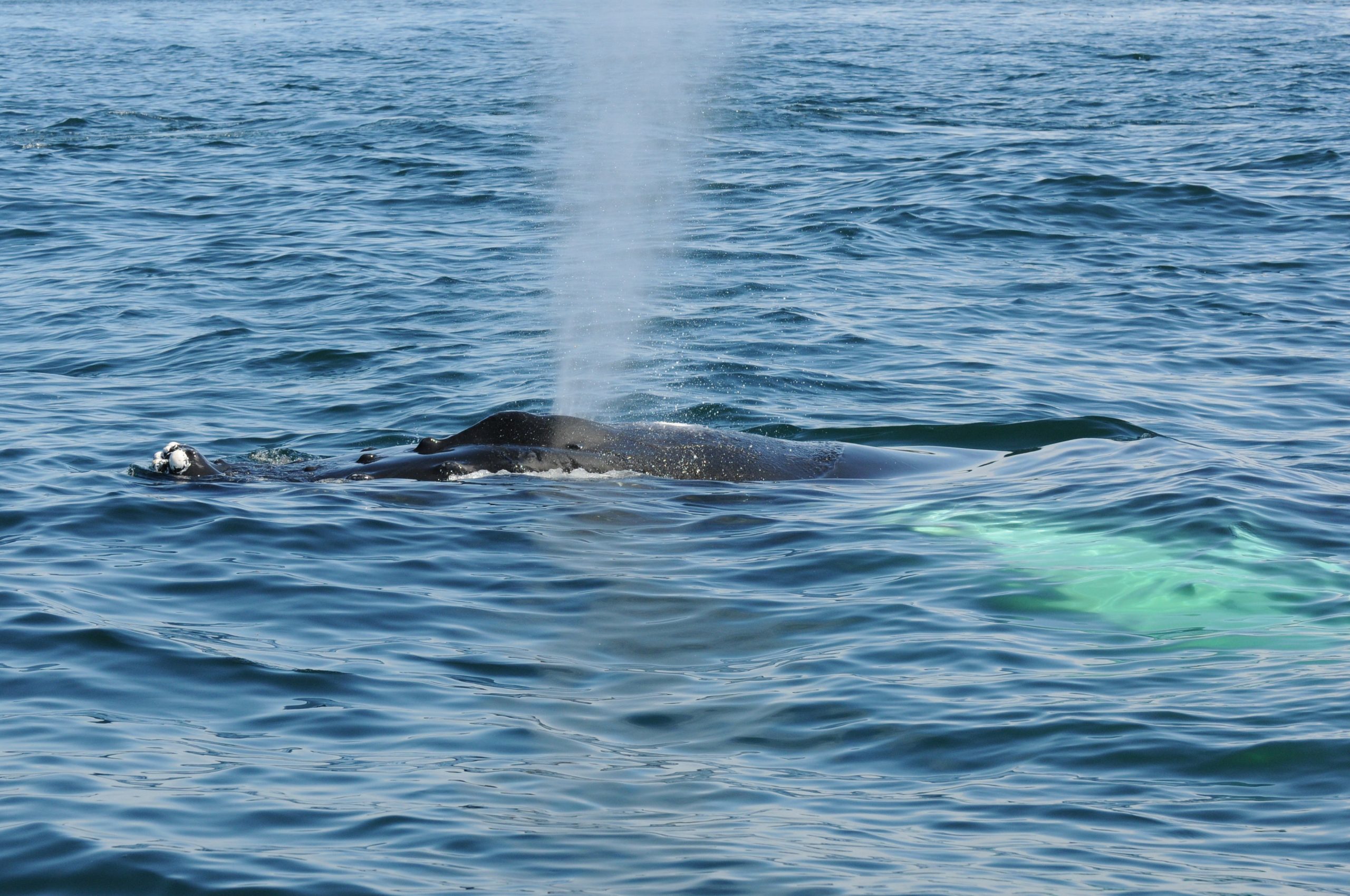
September 12 marked our last survey, and it was a good way to end the season. In the morning, we came across an extremely active feeding area on the east side of Grand Manan, where we observed numerous humpbacks, fin whales, and grey seals aggregated together. In the afternoon, the orca known as Old Thom caught our attention with his tall dorsal fin, and we had to push the Nereid to keep up with his fast swimming. We were thrilled to have one more chance to observe this majestic animal!
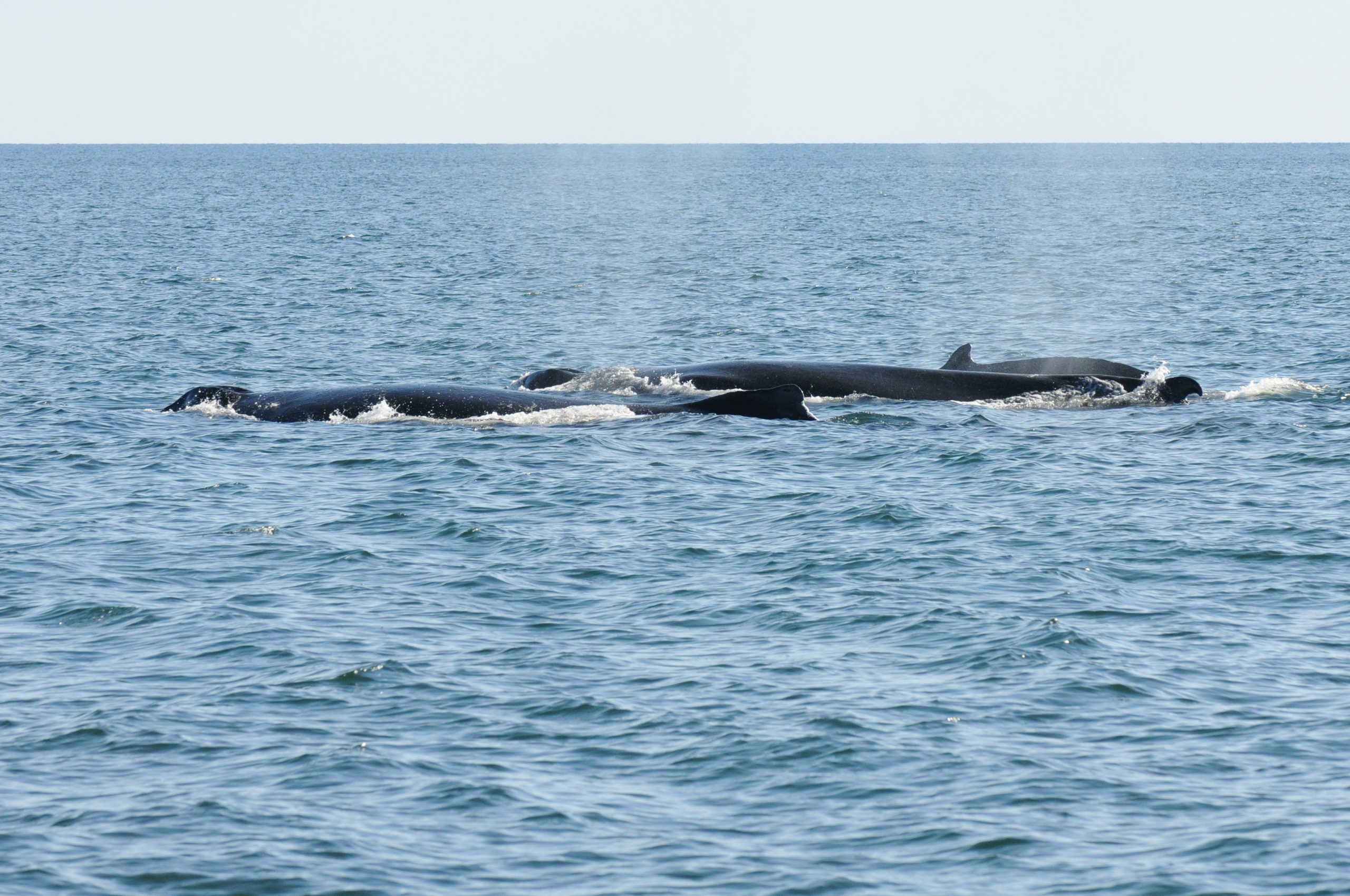
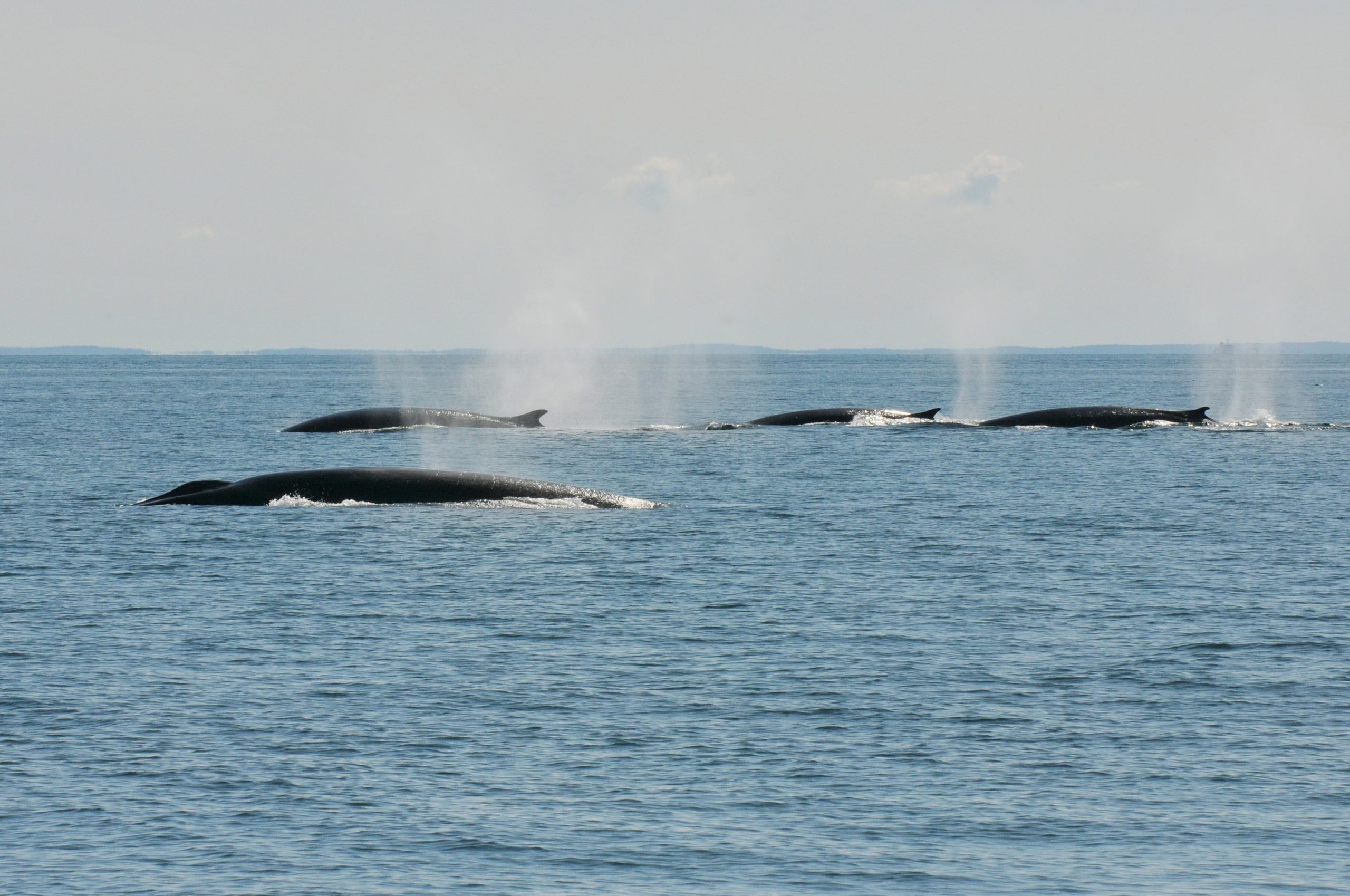
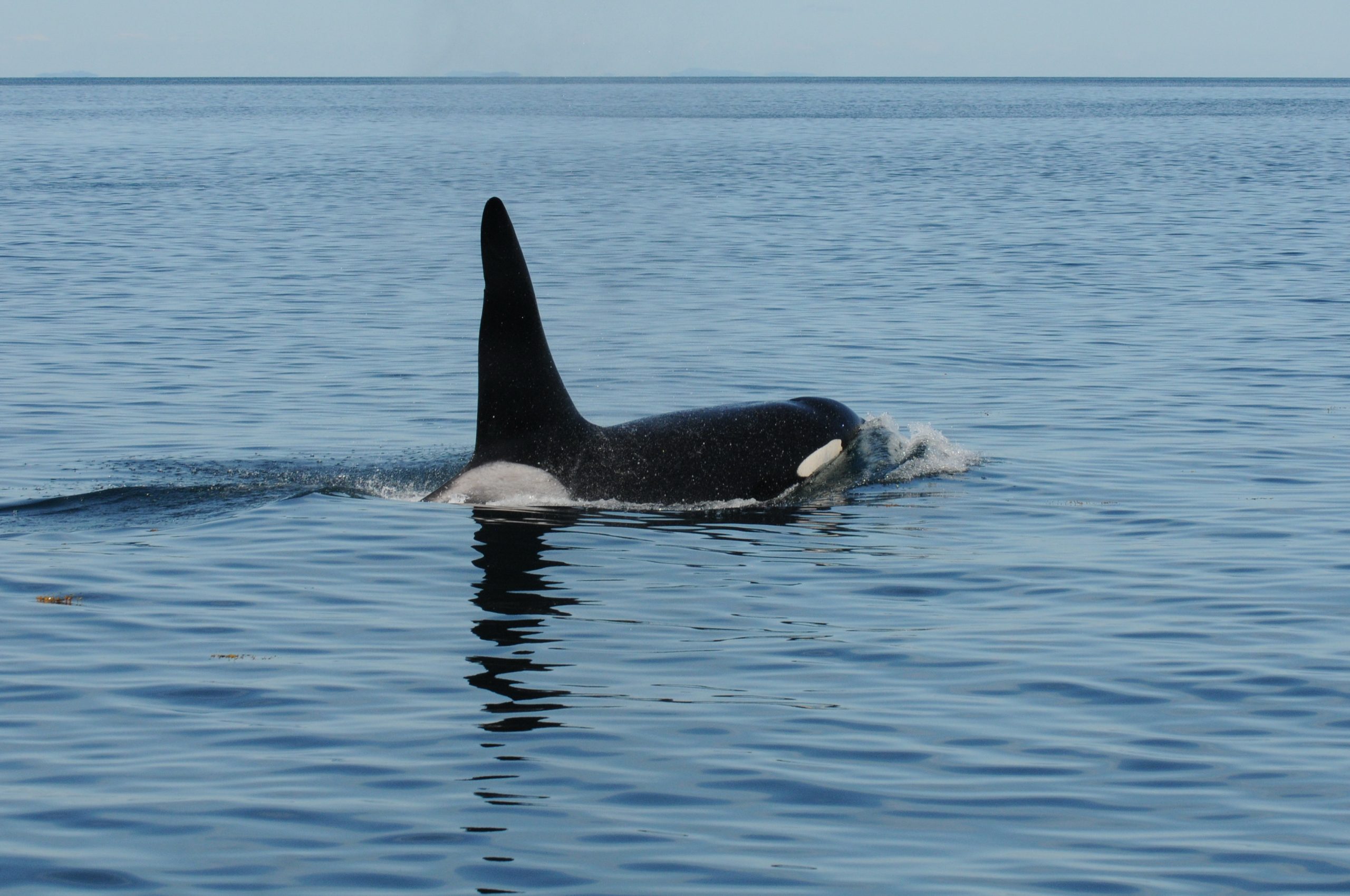
With our last 2020 survey behind us, the team worked hard over the next couple of days to organize and pack equipment, prepare and tow the Nereid to the boat yard for winter storage, and close down the Lubec, Maine field station. Operating during the COVID-19 pandemic certainly presented challenges, but our team is proud to have made it safely through this field season. We may not have seen any right whales, but it was a memorable field season to match a memorable year!
This work is made possible in part by the generosity of Irving Oil, lead sponsor of the New England Aquarium’s North Atlantic Right Whale Research Program.

